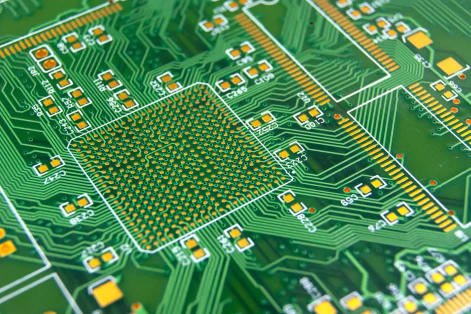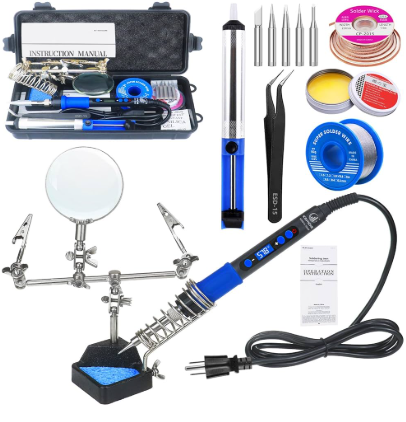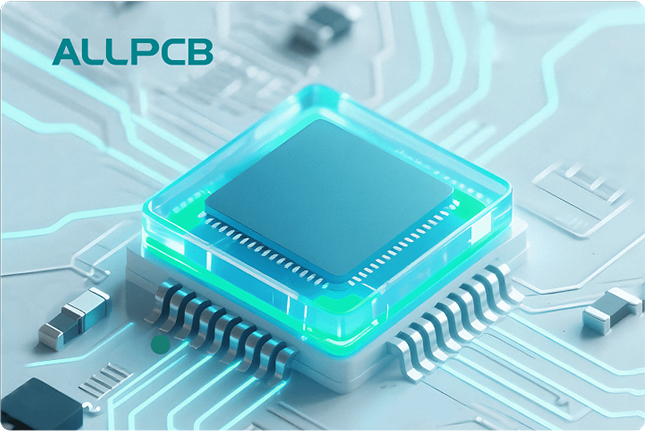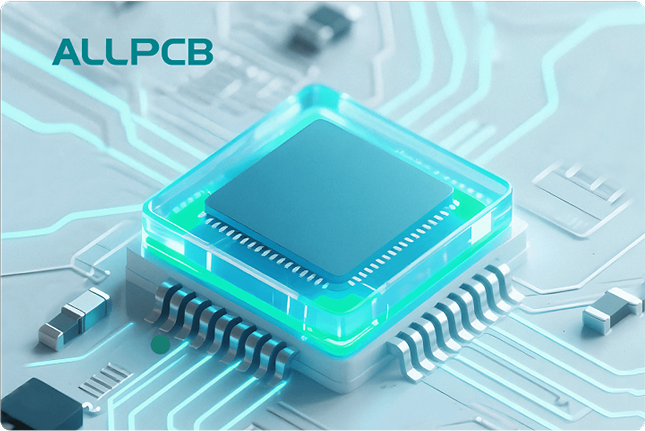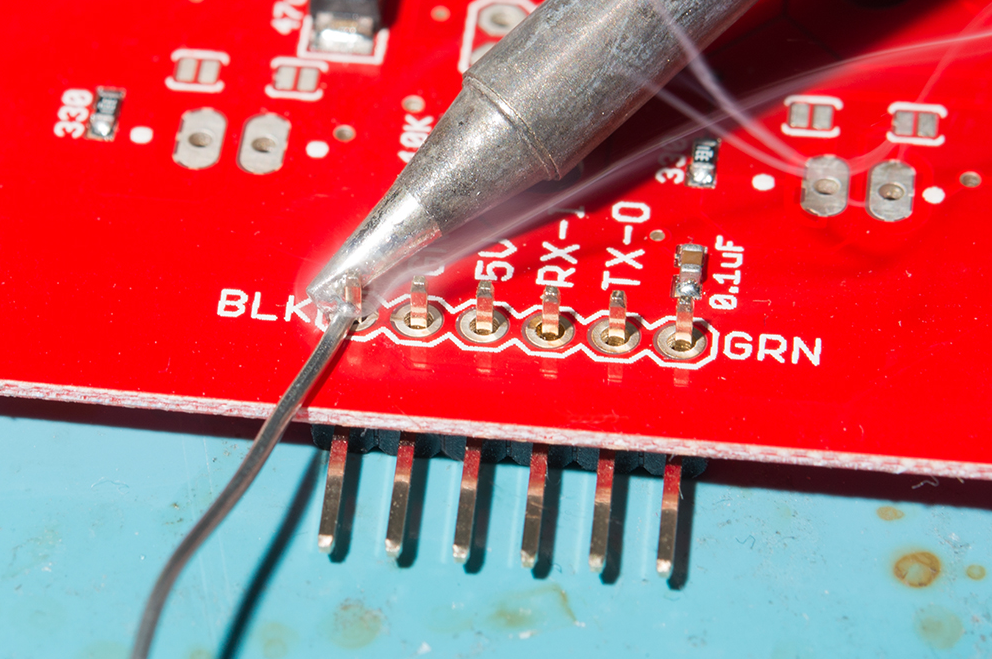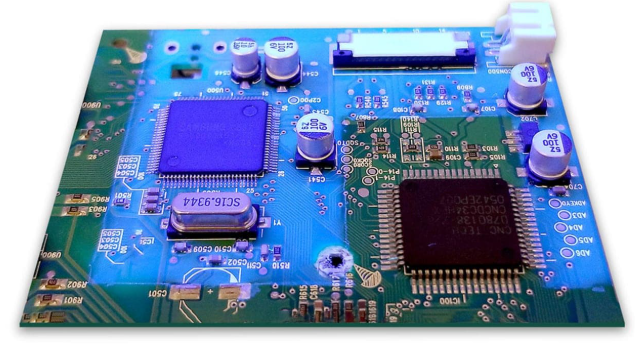In the world of electronics manufacturing, ensuring the quality and reliability of components like diodes and integrated circuits (ICs) is critical. One of the most powerful tools for achieving this is X-ray inspection of electronic components. Whether you're dealing with tiny diodes or complex ICs, X-ray inspection helps uncover hidden defects without damaging the parts. In this ultimate guide, we'll dive deep into the process of X-ray inspection for diodes and ICs, explore best practices, and explain why it’s a must-have in electronic component testing.
At its core, X-ray inspection uses high-energy rays to penetrate materials and create detailed images of internal structures. This non-destructive method is ideal for spotting issues like cracks, voids, or misalignments in components that are invisible to the naked eye. From ensuring the integrity of a diode’s internal connections to verifying the bonding wires in an IC, X-ray inspection is a game-changer. Let’s explore how it works, its benefits, and the best practices to follow for optimal results.
What Is X-Ray Inspection of Electronic Components?
X-ray inspection is a non-destructive testing method that uses X-rays to examine the internal structure of electronic components. Unlike visual inspection or other surface-level techniques, X-ray inspection allows manufacturers to see inside components without taking them apart. This is especially useful for diodes, ICs, and other parts where internal defects can lead to failure in critical applications.
The process involves passing X-rays through the component. Dense materials like metal absorb more rays and appear darker in the resulting image, while less dense areas appear lighter. By analyzing these images, technicians can detect issues such as broken wires, voids in solder joints, or misaligned internal structures. For instance, in a diode, X-ray inspection can reveal if the internal semiconductor junction is intact, while in an IC, it can show if the tiny bonding wires connecting the chip to its package are properly placed.
Why Use X-Ray Inspection for Diodes and ICs?
Diodes and ICs are fundamental to almost every electronic device, from simple power supplies to advanced microprocessors. However, their small size and complex internal structures make them prone to hidden defects during manufacturing. Here’s why X-ray inspection for diodes and ICs is essential:
- Non-Destructive Testing: Unlike methods that require cutting open a component, X-ray inspection keeps the part intact, saving time and resources.
- Hidden Defect Detection: Issues like internal cracks, voids, or poor wire bonding in ICs can’t be seen with the naked eye but are easily spotted with X-ray imaging.
- Quality Assurance: For diodes, X-ray inspection ensures the internal connections are secure, preventing failures in high-voltage applications.
- Miniaturization Challenges: As components get smaller, traditional inspection methods fail. X-ray inspection can handle components with features as tiny as a few micrometers.
For example, in a high-power diode used in a power converter, a small internal crack could lead to thermal runaway and catastrophic failure. X-ray inspection can catch this issue early, ensuring reliability. Similarly, in ICs with hundreds of bonding wires, a single misconnection could disrupt an entire circuit. X-ray imaging helps verify every detail with precision.
How Does X-Ray Inspection Work for Electronic Components?
The process of X-ray inspection for electronic components is straightforward but relies on advanced technology. Here’s a step-by-step breakdown:
- Setup: The component, whether a diode or an IC, is placed in an X-ray machine. The machine is calibrated based on the material and size of the component.
- X-Ray Emission: A source emits X-rays that pass through the component. The energy level is adjusted to penetrate the specific materials without damaging them.
- Image Capture: A detector on the other side captures the X-rays that pass through, creating a detailed image. For complex ICs, 2D or even 3D imaging may be used.
- Analysis: Technicians or automated software analyze the images for defects. For diodes, they look for cracks or voids. For ICs, they check wire bonding and die placement.
The resolution of modern X-ray systems can detect features as small as 0.1 micrometers, making them ideal for inspecting the intricate internal structures of ICs. For diodes, which may operate at voltages up to 1200V in industrial applications, ensuring internal integrity is critical to prevent breakdowns under stress.
Types of X-Ray Inspection Techniques for Diodes and ICs
Not all X-ray inspection methods are the same. Depending on the component and the level of detail needed, different techniques are used. Here are the most common ones for electronic component testing:
2D X-Ray Inspection
This is the most common method, providing a flat, two-dimensional image of the component. It’s ideal for quick checks on diodes to ensure the internal structure is intact or to spot obvious defects in ICs like broken wires. 2D inspection is fast and cost-effective, often used in high-volume production lines.
3D X-Ray Inspection (Computed Tomography)
For more complex components like ICs with multiple layers, 3D X-ray inspection, also known as computed tomography (CT), is used. This method takes multiple images from different angles and reconstructs them into a 3D model. It’s perfect for analyzing the exact positioning of bonding wires or detecting hidden voids in multilayer structures.
Microfocus X-Ray Inspection
This technique uses a very small X-ray source to achieve high-resolution images. It’s particularly useful for tiny components, such as micro-diodes or ICs with features smaller than 1 micrometer. Microfocus systems can zoom in on specific areas without losing clarity.
Each method has its place. For instance, a simple 2D scan might suffice for a batch of standard diodes, while a 3D CT scan is necessary for a high-density IC used in a smartphone processor.
X-Ray Inspection Best Practices for Electronic Components
To get the most out of X-ray inspection for diodes and ICs, following best practices is crucial. These guidelines ensure accurate results and protect both the components and the operators. Here are the top X-ray inspection best practices:
- Calibrate Equipment Regularly: Ensure the X-ray machine is calibrated for the specific material and thickness of the component. Incorrect settings can lead to unclear images or even damage to sensitive ICs.
- Use Appropriate Energy Levels: Too much X-ray energy can affect the performance of semiconductor materials in diodes and ICs. Use the lowest effective energy level, often between 50-150 kV, depending on the component density.
- Automate Analysis When Possible: Modern software can automatically detect defects in X-ray images, reducing human error. This is especially useful in high-volume production of diodes where consistency is key.
- Train Operators: Proper training ensures operators can interpret images correctly and handle components without contamination. For ICs, mishandling can introduce static damage, compounding issues.
- Prioritize Safety: X-ray machines emit radiation, so always follow safety protocols. Use shielding and limit exposure time to protect personnel.
- Document Findings: Keep detailed records of inspection results for traceability. If a batch of diodes fails in the field, historical X-ray data can help identify the root cause.
By sticking to these practices, manufacturers can maximize the effectiveness of X-ray inspection while maintaining safety and reliability. For example, calibrating for a specific IC package type might reveal a recurring wire bonding issue, allowing for process improvements upstream.
Common Defects Detected by X-Ray Inspection in Diodes and ICs
X-ray inspection excels at finding defects that other methods miss. Here are some common issues it can detect in diodes and ICs:
For Diodes
- Internal Cracks: Cracks in the semiconductor material can lead to electrical breakdown, especially in high-voltage diodes rated for 600V or more.
- Voids in Solder: Poor soldering inside the diode package can cause overheating and failure.
- Misaligned Components: If the internal structure isn’t aligned properly, the diode may not function as intended.
For ICs
- Wire Bonding Issues: Broken or misplaced bonding wires, often just 25 micrometers in diameter, can disrupt connections in an IC.
- Die Cracks: A cracked silicon die inside an IC can cause complete failure, especially in high-performance chips.
- Package Voids: Air pockets or voids in the IC package can lead to thermal issues, reducing lifespan.
Detecting these defects early prevents costly failures down the line. For instance, a void in a diode’s solder joint might not cause issues during initial testing but could fail after 100 hours of operation under load.
Benefits of X-Ray Inspection in Electronic Component Testing
Incorporating X-ray inspection into electronic component testing offers several advantages, especially for high-stakes applications:
- Improved Reliability: By catching defects early, X-ray inspection ensures only high-quality diodes and ICs reach the market.
- Cost Savings: Identifying issues before assembly prevents expensive rework or recalls. For ICs, where a single chip might cost $50 or more, this is a significant benefit.
- Compliance with Standards: Many industries, such as automotive and aerospace, require rigorous testing. X-ray inspection helps meet standards like IPC-A-610 for electronic assemblies.
- Faster Time-to-Market: Automated X-ray systems can inspect thousands of components per hour, speeding up production without sacrificing quality.
For example, in automotive electronics, where a failing diode in a control unit could endanger lives, X-ray inspection ensures every part meets strict reliability standards.
Challenges and Limitations of X-Ray Inspection
While X-ray inspection is a powerful tool, it’s not without challenges. Understanding these limitations helps set realistic expectations:
- Cost: High-end X-ray systems, especially those with 3D CT capabilities, can be expensive, with prices ranging from $50,000 to over $500,000.
- Time-Intensive for 3D: While 2D scans are quick, 3D inspections for complex ICs can take several minutes per component, slowing down production.
- Radiation Risks: Although minimal, repeated exposure to X-rays can affect sensitive components over time, especially in ICs with delicate semiconductor structures.
- Need for Expertise: Interpreting X-ray images requires skilled technicians, especially for subtle defects in multilayer ICs.
Despite these challenges, the benefits often outweigh the drawbacks, especially for critical applications where failure is not an option.
Conclusion: Why X-Ray Inspection Is Essential for Diodes and ICs
X-ray inspection of electronic components has become a cornerstone of modern manufacturing, ensuring the reliability of everything from simple diodes to intricate ICs. By providing a non-destructive way to peer inside components, it catches hidden defects that could lead to failures in the field. Following X-ray inspection best practices, such as proper calibration and safety protocols, maximizes its effectiveness while protecting both components and operators.
Whether you’re producing high-voltage diodes for industrial power systems or advanced ICs for consumer electronics, X-ray inspection is a vital step in electronic component testing. It saves costs, improves quality, and speeds up production, making it an indispensable tool for manufacturers. As components continue to shrink and complexity grows, the role of X-ray inspection will only become more critical in delivering reliable, high-performance electronics.
 ALLPCB
ALLPCB


